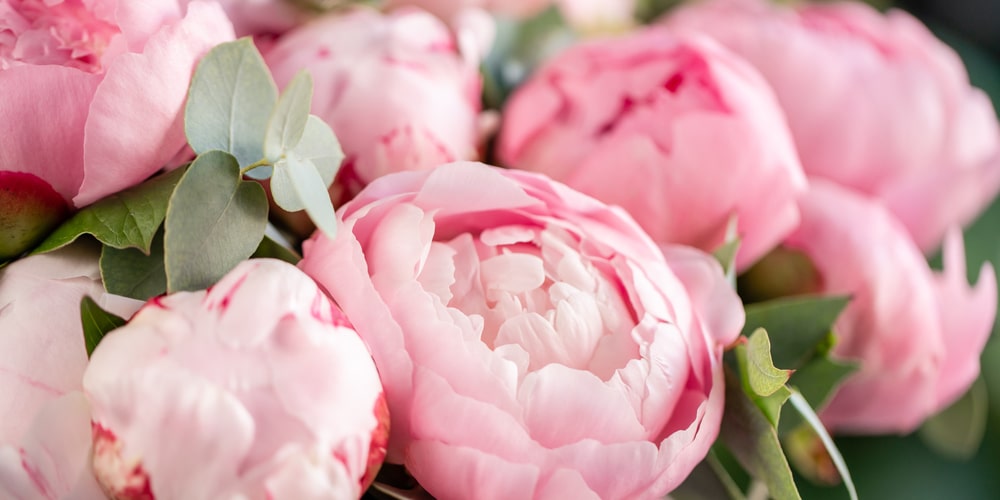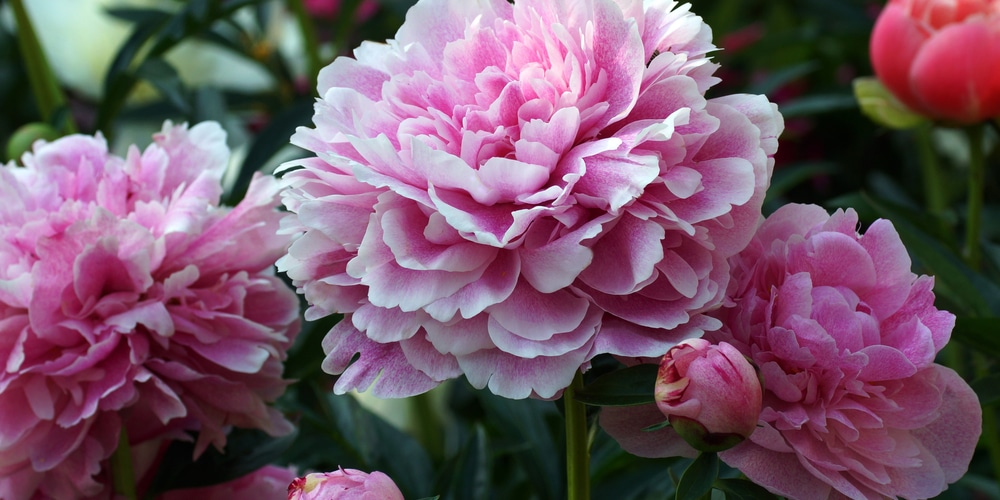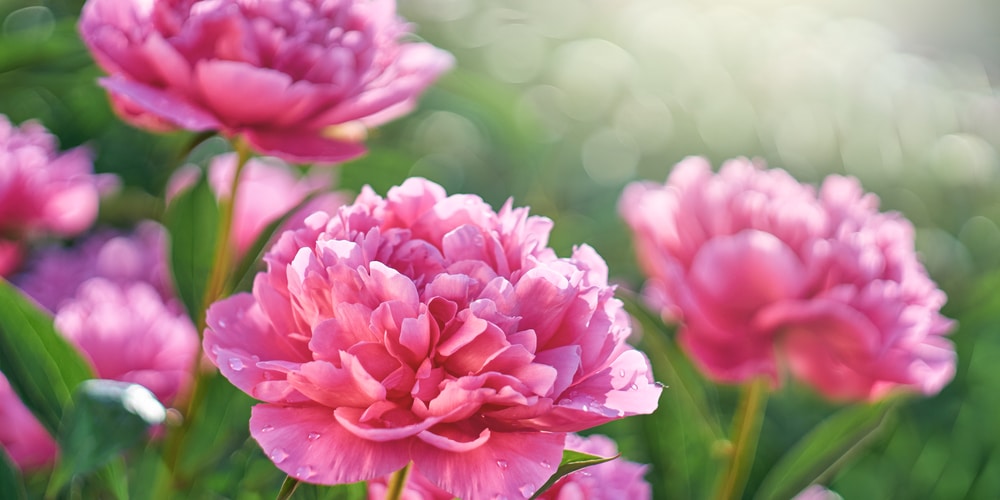Peonies are an excellent plant for a winter garden; they are hardy and can cope with cold weather. They bloom in the early spring and should be planted between October and March. Peonies also like a cold winter and benefit from the cold soil conditions over the colder months but still require enough daylight and warmth to grow well.
There are two different types of peonies; tree peonies and herbaceous peonies. Each has many different varieties. Peonies can be grown in hanging baskets, pots on patios, or planted directly into a flower bed. Let’s look at when to plant peonies.
Best Time to Plant Peonies?

It’s important to know when to plant peonies in your garden if you want them to flower. They require a cold winter for the plants to grow healthily and not become dormant. Planting too early can also damage the root system or affect flowering. It’s best to plant tree peonies in the late fall to winter months
between October and March. Tree peonies will put their energy into establishing a sound rooting system during the colder winter months. As the weather starts to improve in the early spring, the plant will produce flowers.
Herbaceous peonies can be planted in the fall before the risk of hard frost. Alternatively, they can be planted in the early spring when they will have time to establish themselves before the hot summer weather arrives.
Peonies flower best in colder weather and require a cold winter for healthy growth. They grow well in USDA zones 3 to 8, where the winters are cooler but can be grown further south if planted during the appropriate time of year and given plenty of protection from heat and strong sunlight exposure.
How long does it take for a peony plant to grow?
Now that we know when to plant peonies, let’s take a look at how to grow them.
It takes about one year for a new peony plant to grow from a seedling. The plant is slow-growing until it reaches maturity, after which the plants can live up to five or six years.
Peonies also require a lot of nutrients as they grow and flower, so it’s essential to understand what type of soil you have in your garden and the pH levels present. If you haven’t done this, then take a soil sample to your local garden center and they should be able to help you get the best peony plant growing conditions.
How to care for peonies?
Once you’ve got your peonies planted in the garden, it’s essential to do some regular care and maintenance to ensure they remain healthy. This is especially true if you’re growing your peony plants in pots, as this restricts the growth of the plant.
In Pots
Peonies in pots are more susceptible to changes in weather and environment than plants grown outside, so it’s important to care for them well. This means making sure they get plenty of sunlight but also protection from too much heat or cold exposure. It’s also vital that the plants receive enough water, fertilizer, and nutrients during the growing season.
In the Ground
If you’ve planted your peony plants directly into the ground, it’s important to make sure they receive enough nutrients and regular feeding. This will ensure that they remain healthy, grow well and provide lots of flowers. It only takes a small amount of fertilizer to keep them growing well during the growing season.
How often should you water peonies?
It’s important to understand how much water a peony requires, as they can die very quickly if not watered regularly enough. The leaves on a plant suffering from dehydration turn yellow and brown before the entire plant dies.
The best way to water a peony is once the surface soil starts drying out. You should also make sure they receive regular watering during hot weather as well as colder conditions. Be careful not to overwater, as this can damage the roots.
Conclusion
Knowing the best time to plant peonies is vital for good growth. It’s best to plant peonies in the late fall to winter between October and March. If you want lots of flowers, then you must understand their needs and care for them properly. This will ensure your plants produce healthy blooms every year.

